
Cunning Revived
30 Nov 2024 – 9 Feb 2025
Blue Mountains Cultural Centre
Daisy Beattie · Tamara Elkins · Yvette Hamilton · Gianna Hayes · Emily Hunt
Adriana Māhanga Lear · Hayley Millar Baker · Katy B Plummer · Justine Youssef
Cunning Revived observes nine artists engaging in ritual and ceremony as an act of empowerment. Everyday rites are woven through personal and creative practices to initiate a stronger connection to bodily autonomy, and the potential to provoke collective change. These artists employ the magic of ritual process with intention, as a conduit for progress.
The exhibition signals a necessary revision of historical depictions of Cunning Folk, their unique practices, and the tools they’ve used to heal our communities through the ages. A contemporary vision of the importance of these unique processes is crucial in order to forge a path of intersectional, magical resistance.
Cunning Revived focuses on the sense of empowerment that comes from connecting with yourself and your surroundings, in order to develop personal rituals around those observations. The artists in the exhibition view ritual and ceremony as both a form of ameliorative action, and the foundation of personal power.
The term cunning emerged in the 15th Century and is derived from the Old English word cunnan, meaning to know or to have power. Cunning folk were knowledgeable individuals who took instruction from the natural world, interpreted the divine, and provided their community with protection and benevolence. By engaging with ritual and ceremony, these cunning folk gained a deeper understanding of the world around them.
Those who visited the local healer sought to relieve their physical and emotional maladies. Healers often turned to the natural world when considering the ailments of others, believing they could unlock the magic hidden in nature. Shaped by the needs of their community, they treated others with empathy, understanding, and respect.
There are three key themes embedded in Cunning Revived: fabric, technology and the body, more specifically — hands.
By working with fabric and textiles, folks were able to express themselves and their craft through the lens of domesticity, reducing the risk of misunderstanding. Misconceptions could lead to societal and religious persecution, making this noble position a dangerous one. Some folk were practitioners of magic, others provided protection against witchcraft — both risked accusations of evildoing.
In the 21st Century, technology such as photography and video have provided a source of bodily autonomy through the authentic representation of self. Artists and practitioners now have the ability to truly express their vision through the recording and dissemination of their practice. The power of documentative technology is crucial considering that up until recently the recorded histories of women and cunning folk have been written by historians of the dominant class.
Audiences are now privileged to receive insight into their materials, gestures and methodologies, giving rise to more authentic interpretations of these practices. Cunning Revived celebrates the legacy of cunning folk through ritual and ceremony, offering insight into modern esoteric practice.

CUNNING REVIVED installation view. image credit: silversalt photography
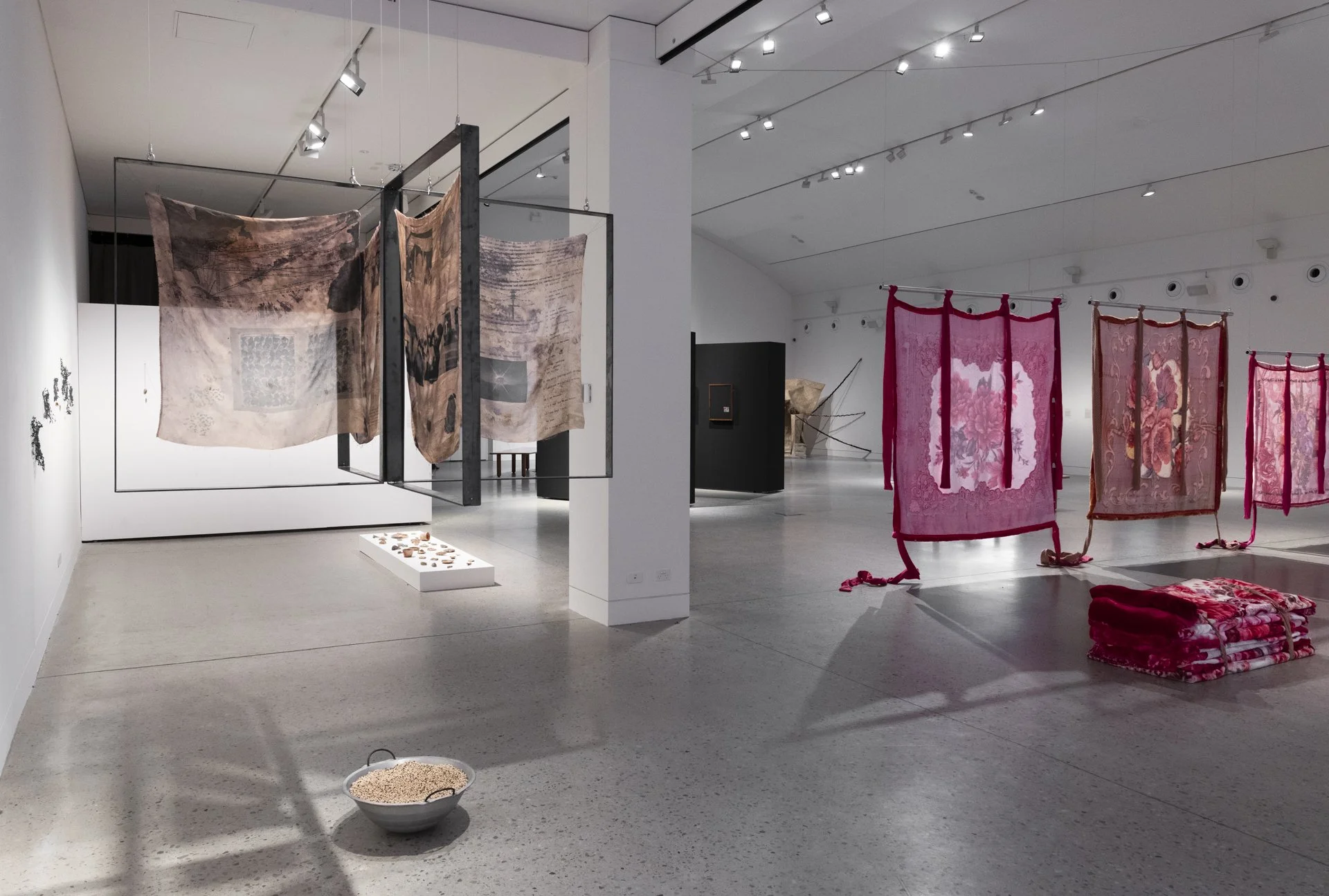
CUNNING REVIVED installation view. image credit: silversalt photography

YVETTE HAMILTON Things I Can’t See from Places I Can’t Be: Elizabeth Fulhame series 2024
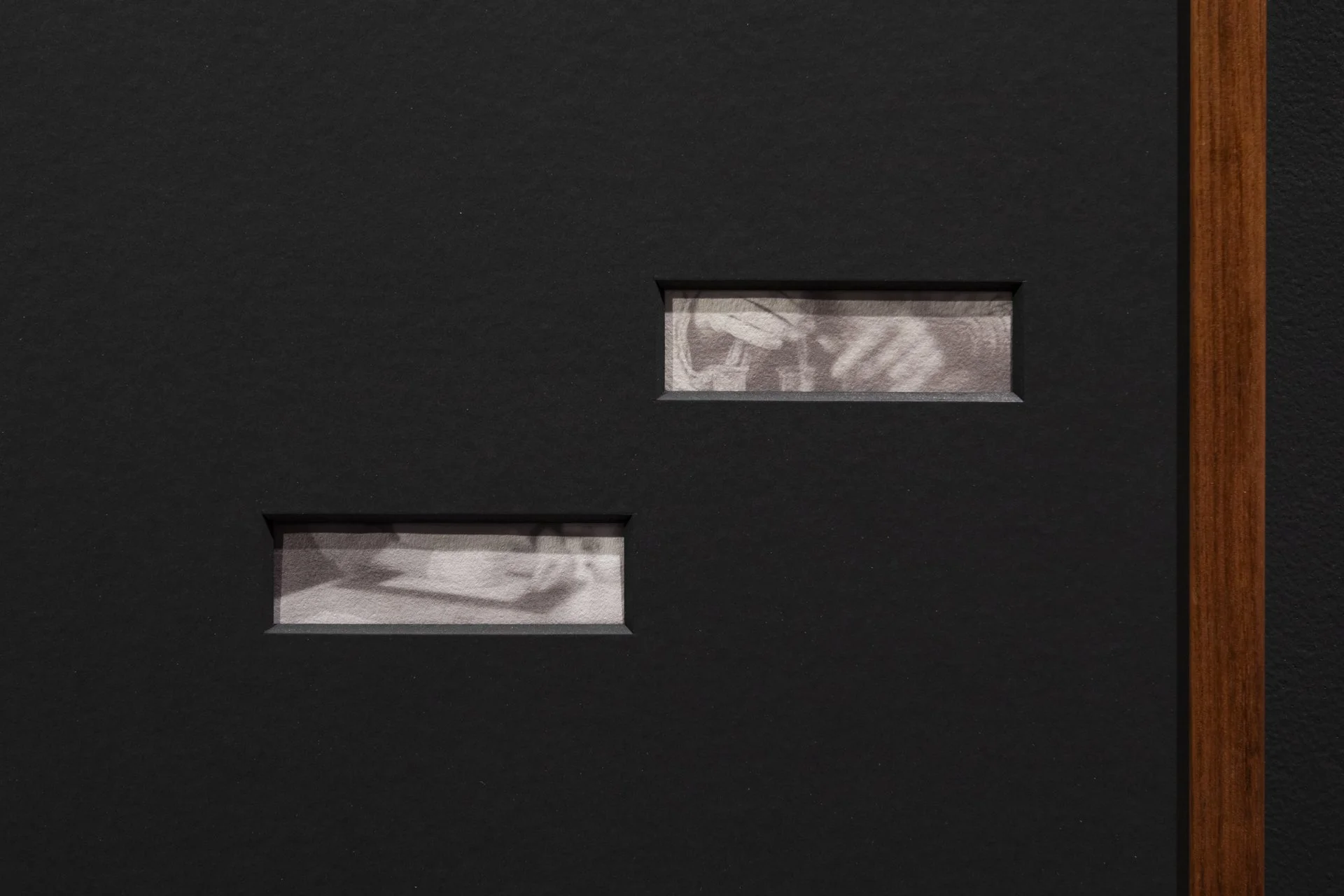
YVETTE HAMILTON Things I Can’t See from Places I Can’t Be: Elizabeth Fulhame series 2024
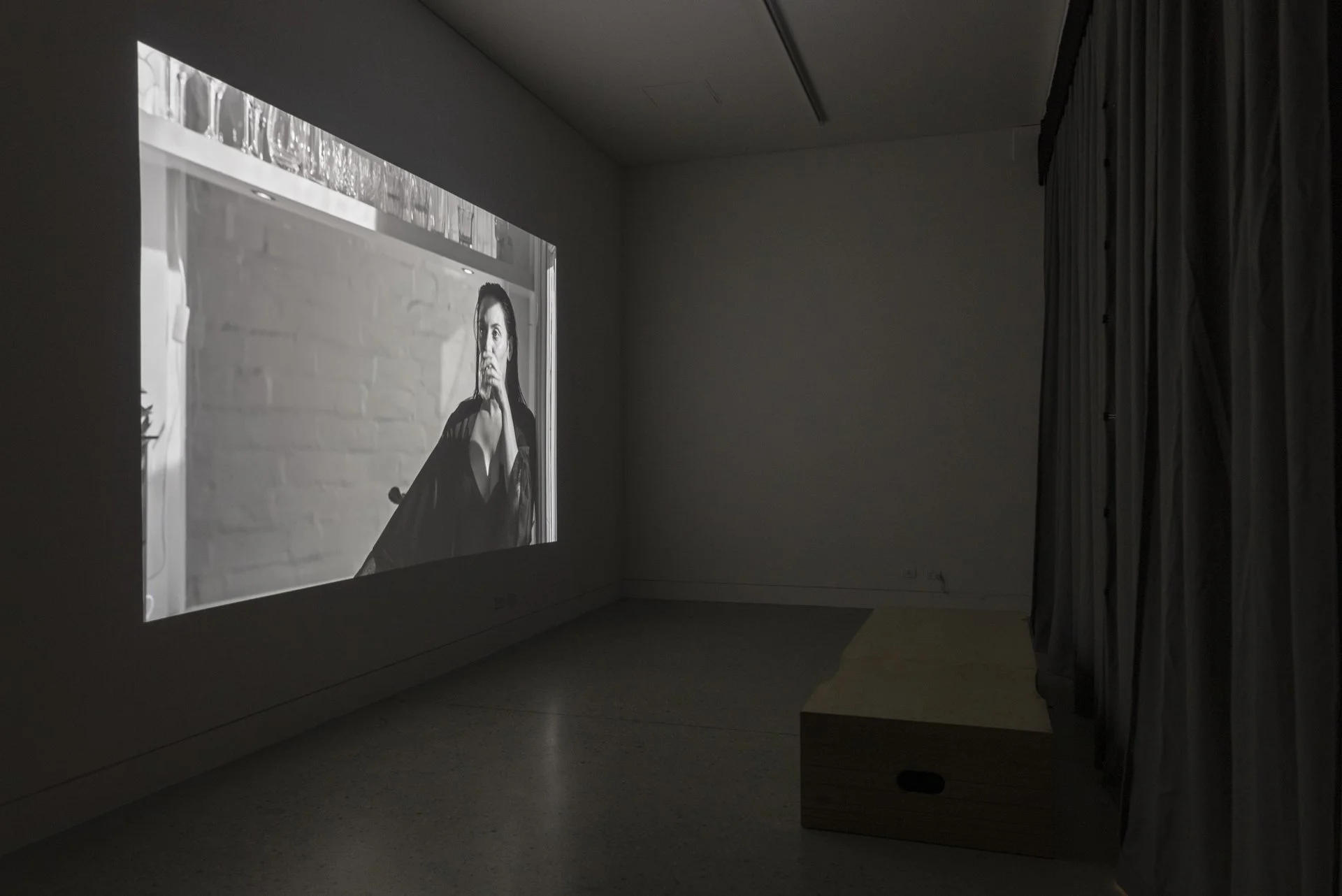
HAYLEY MILLAR BAKER Nyctinasty 2021
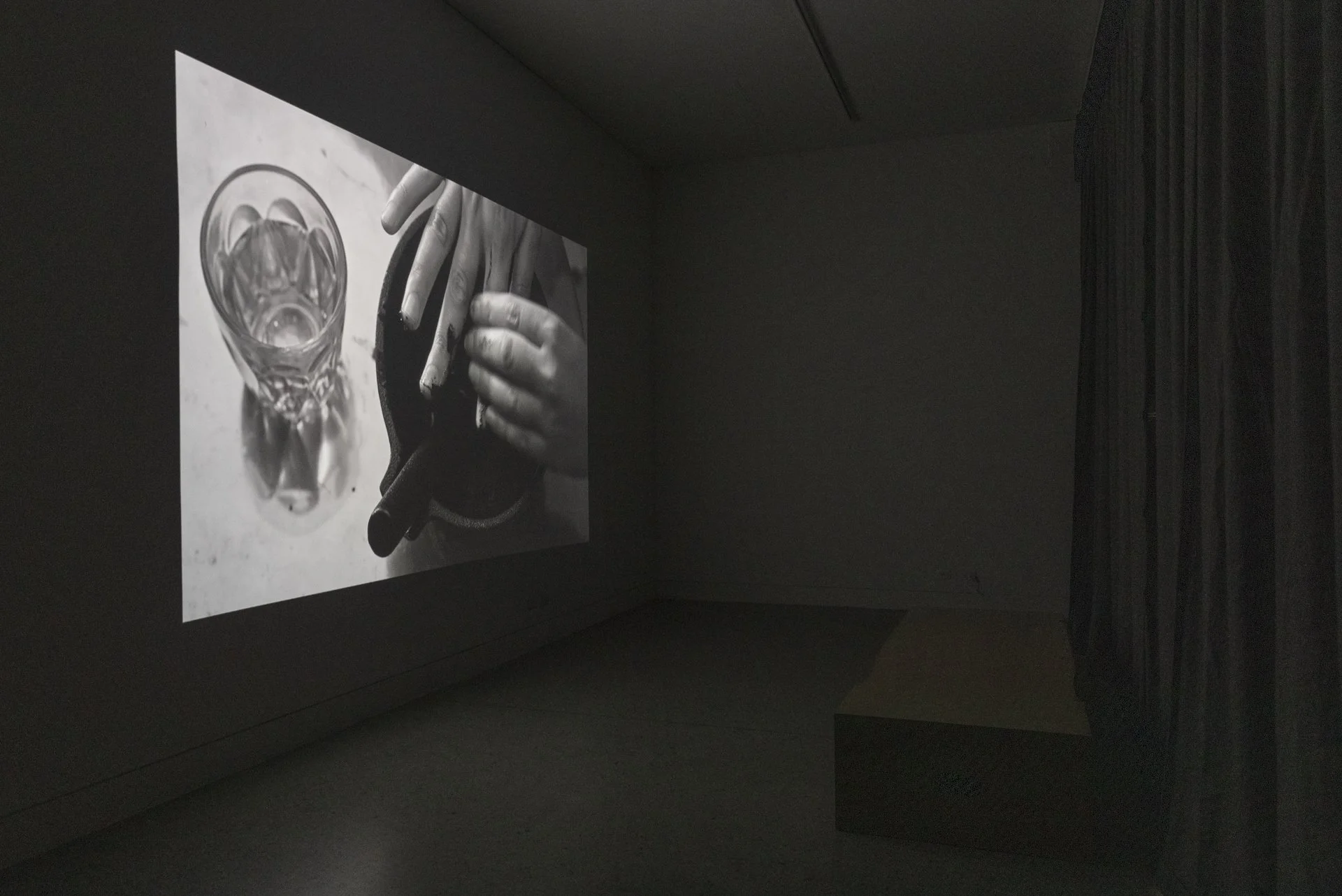
HAYLEY MILLAR BAKER Nyctinasty 2021

ADRIANA MĀHANGA LEAR Fale ‘o Hikule’o—House of Echoes 2024
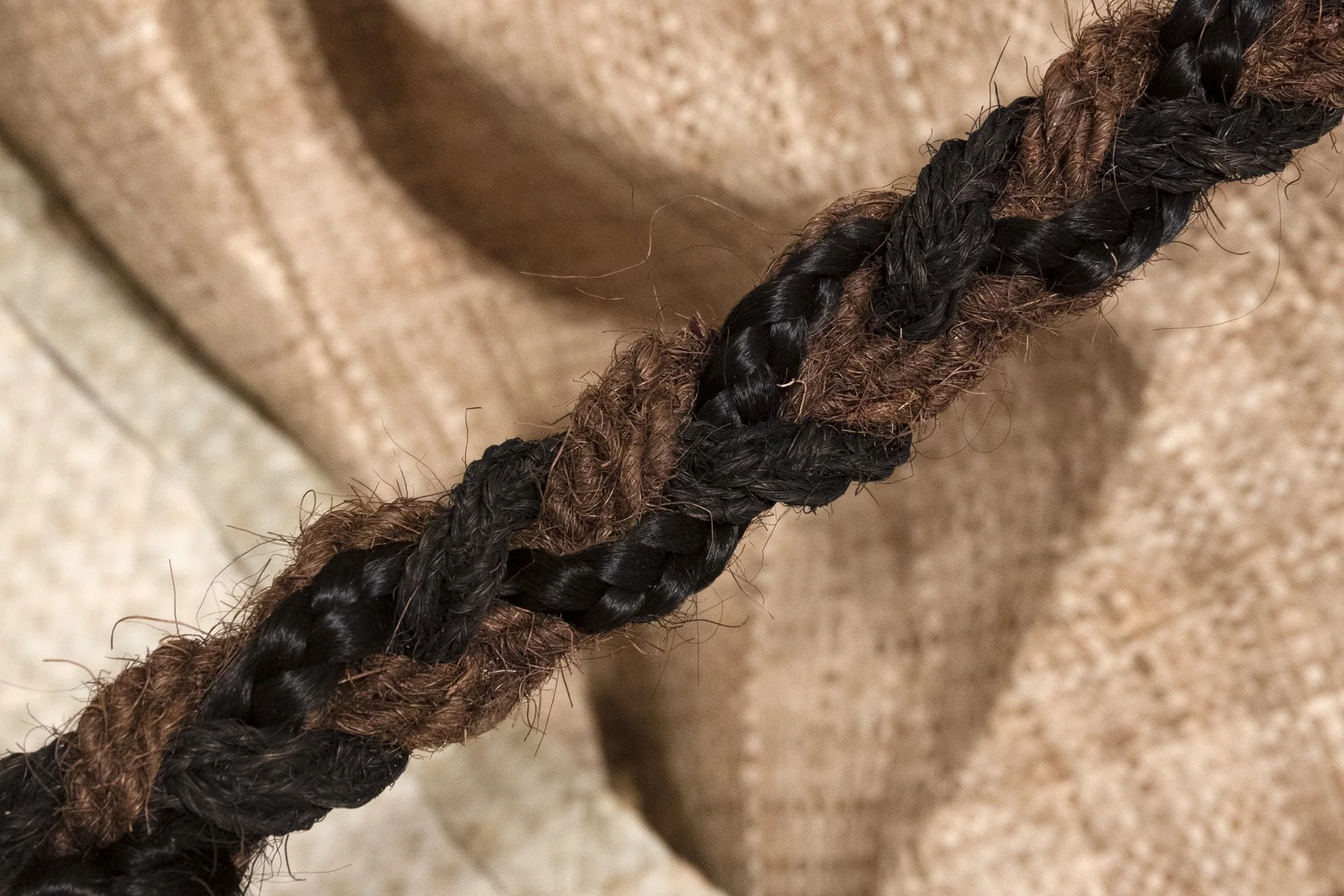
ADRIANA MĀHANGA LEAR Fale ‘o Hikule’o—House of Echoes 2024
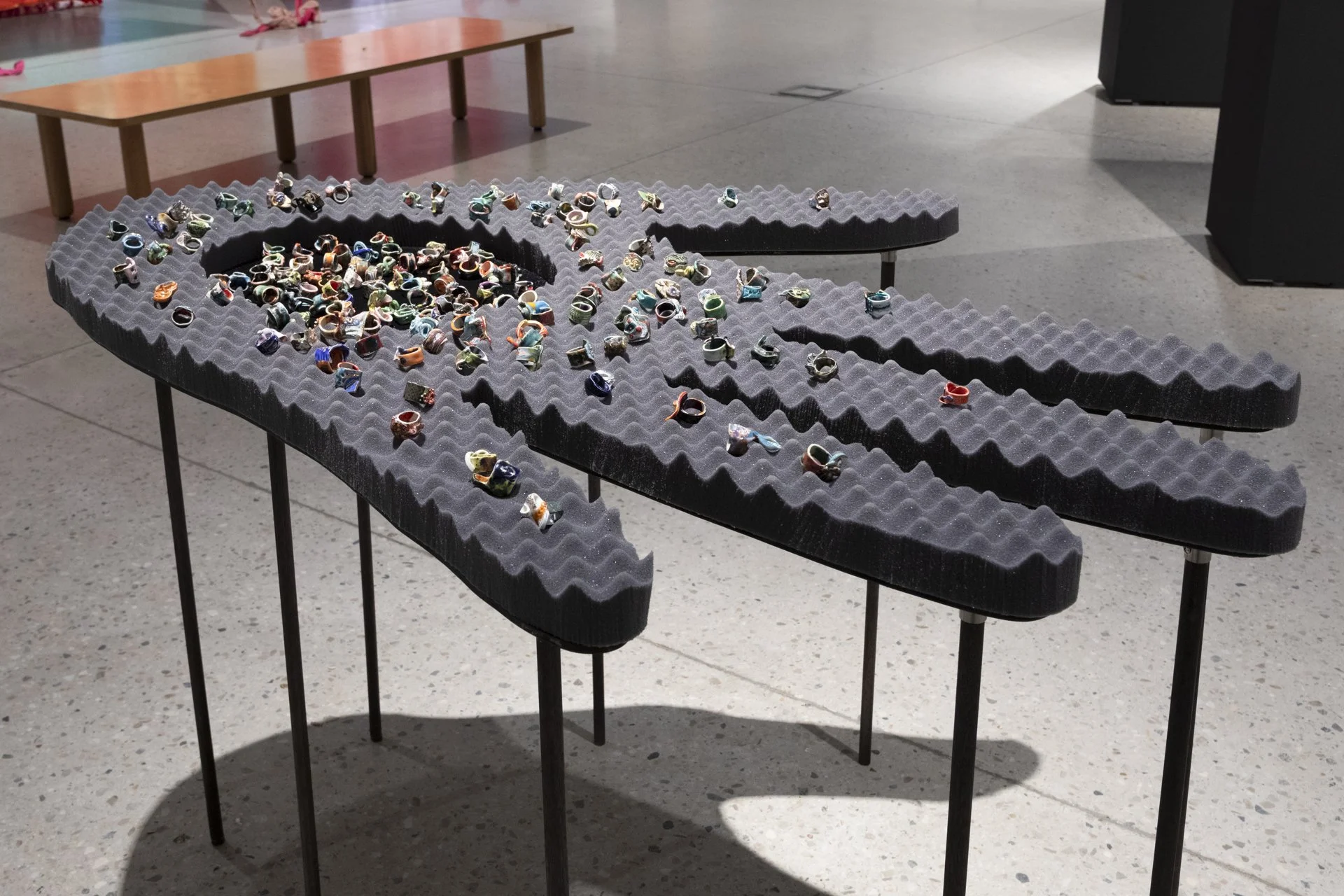
EMILY HUNT The Public Art Rings 2020-2022
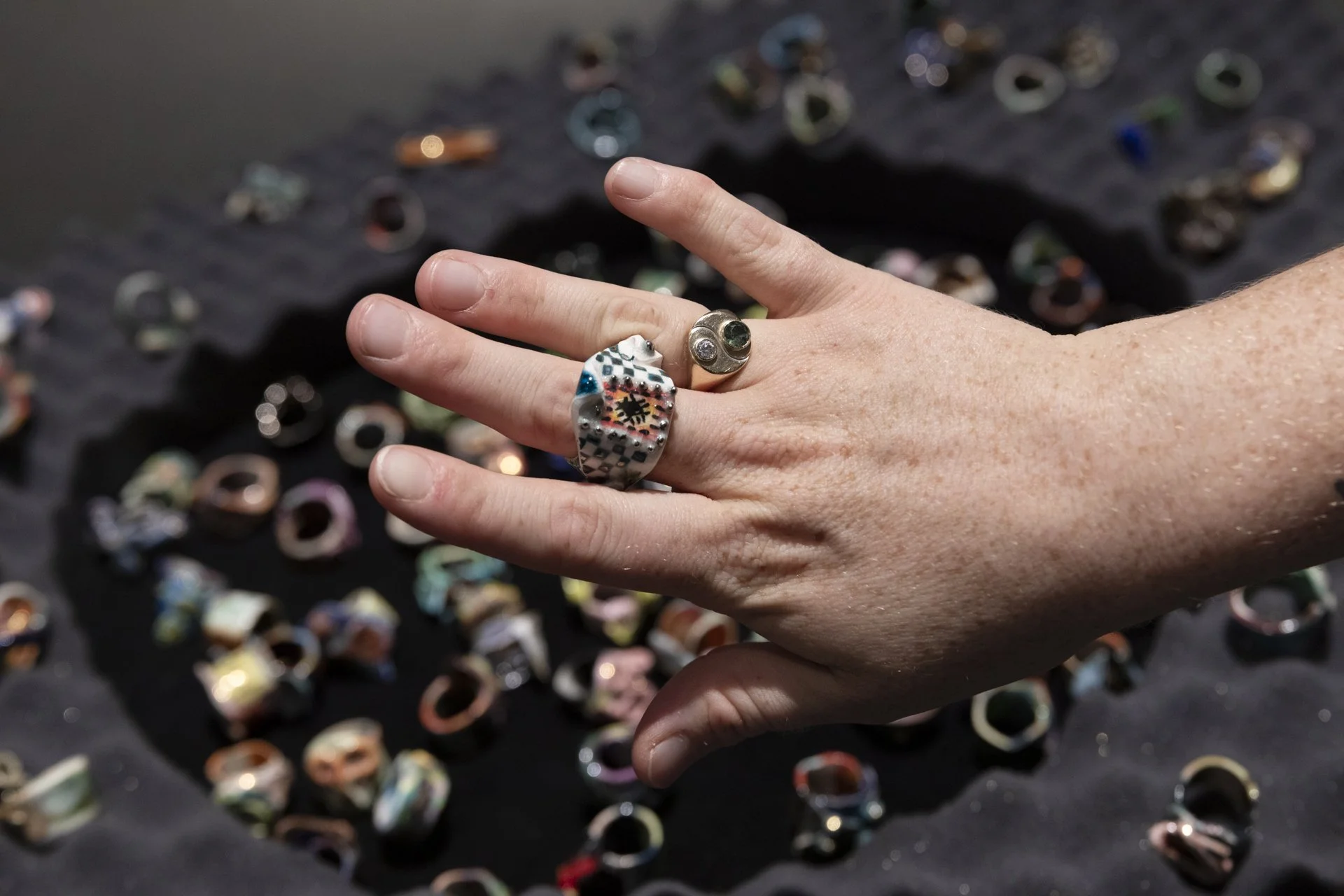
EMILY HUNT The Public Art Rings 2020-2022

TAMARA ELKINS Fins, Fangs, Feathers 2023
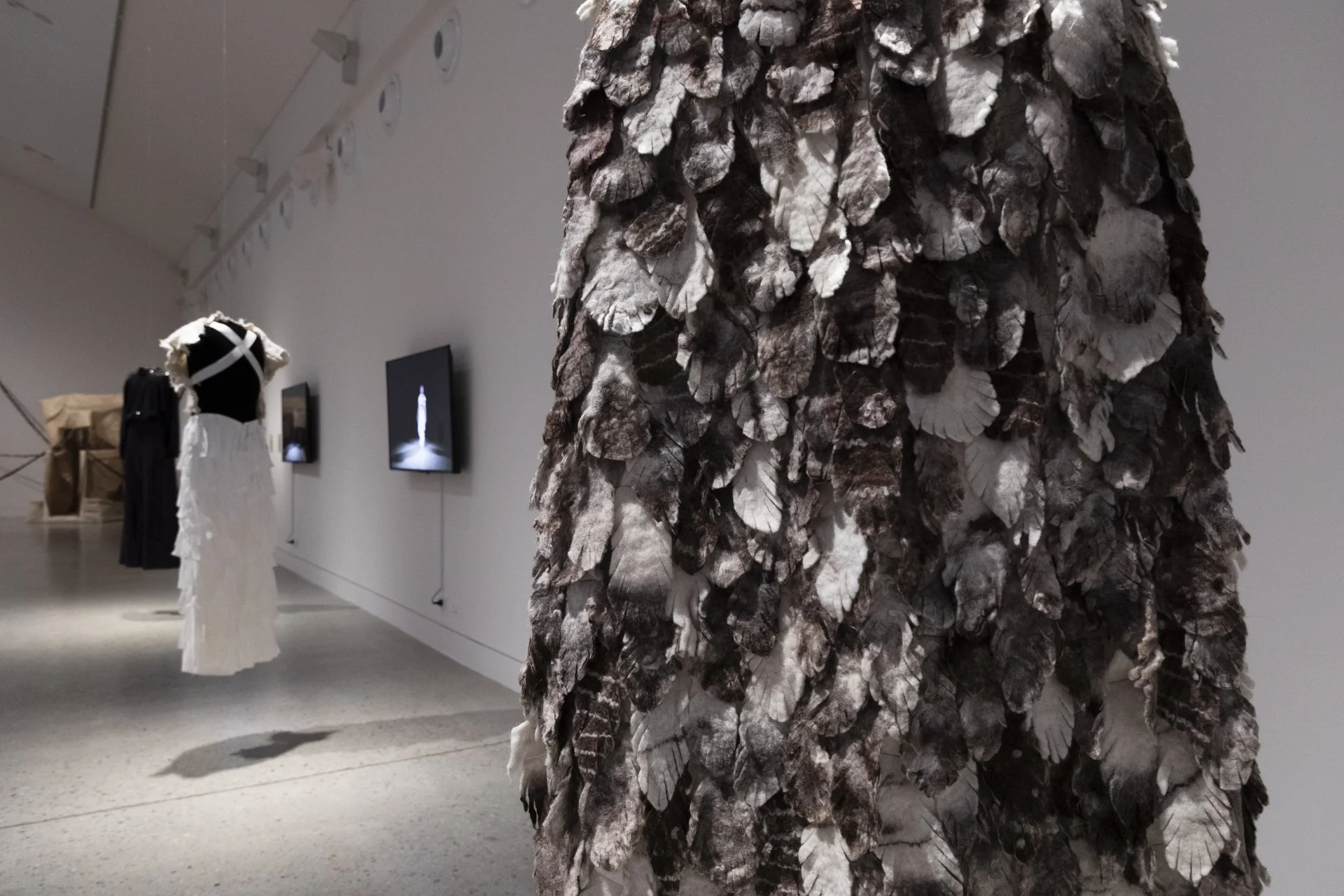
TAMARA ELKINS Fins, Fangs, Feathers 2023
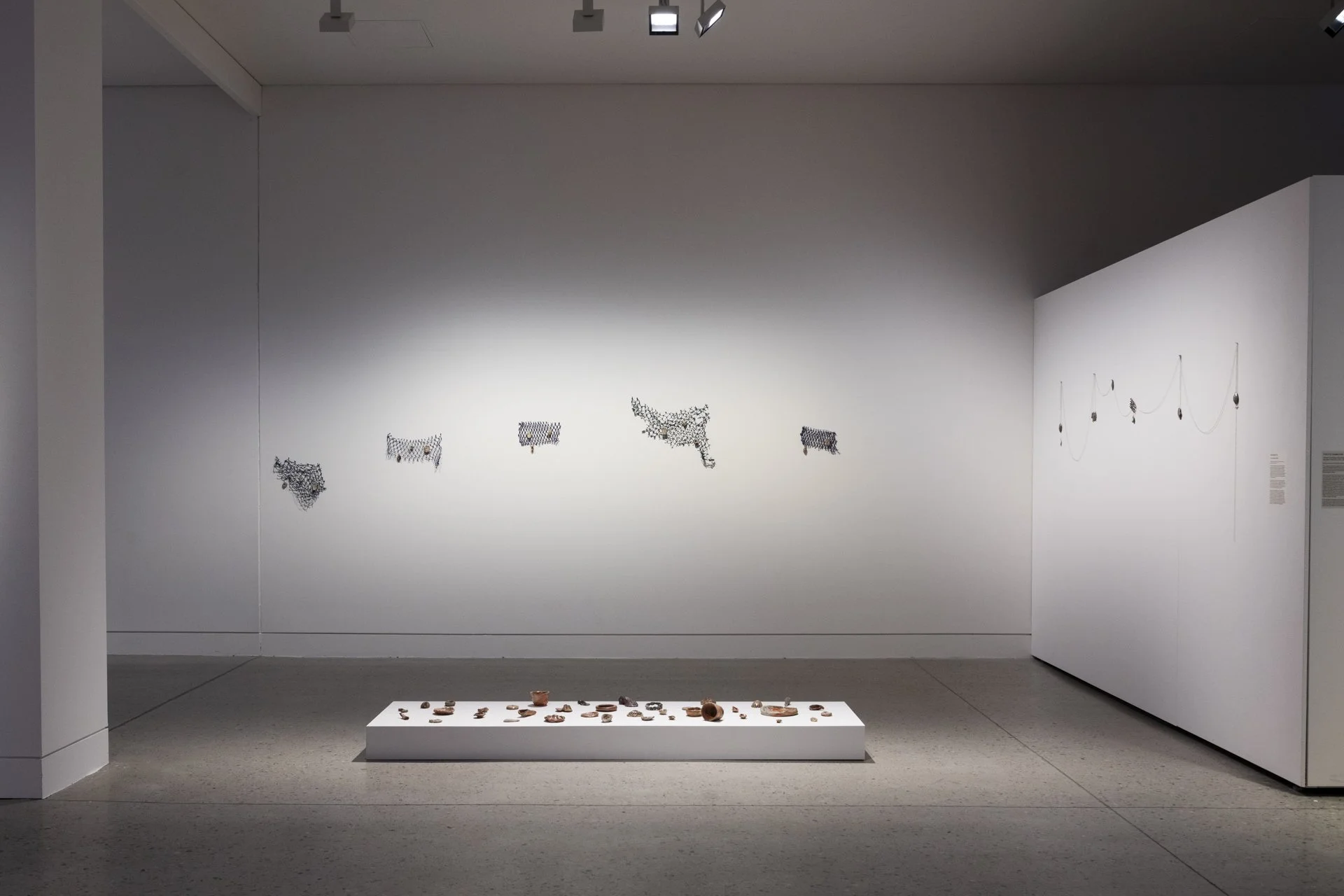
DAISY BEATTIE Net Incantations 2024
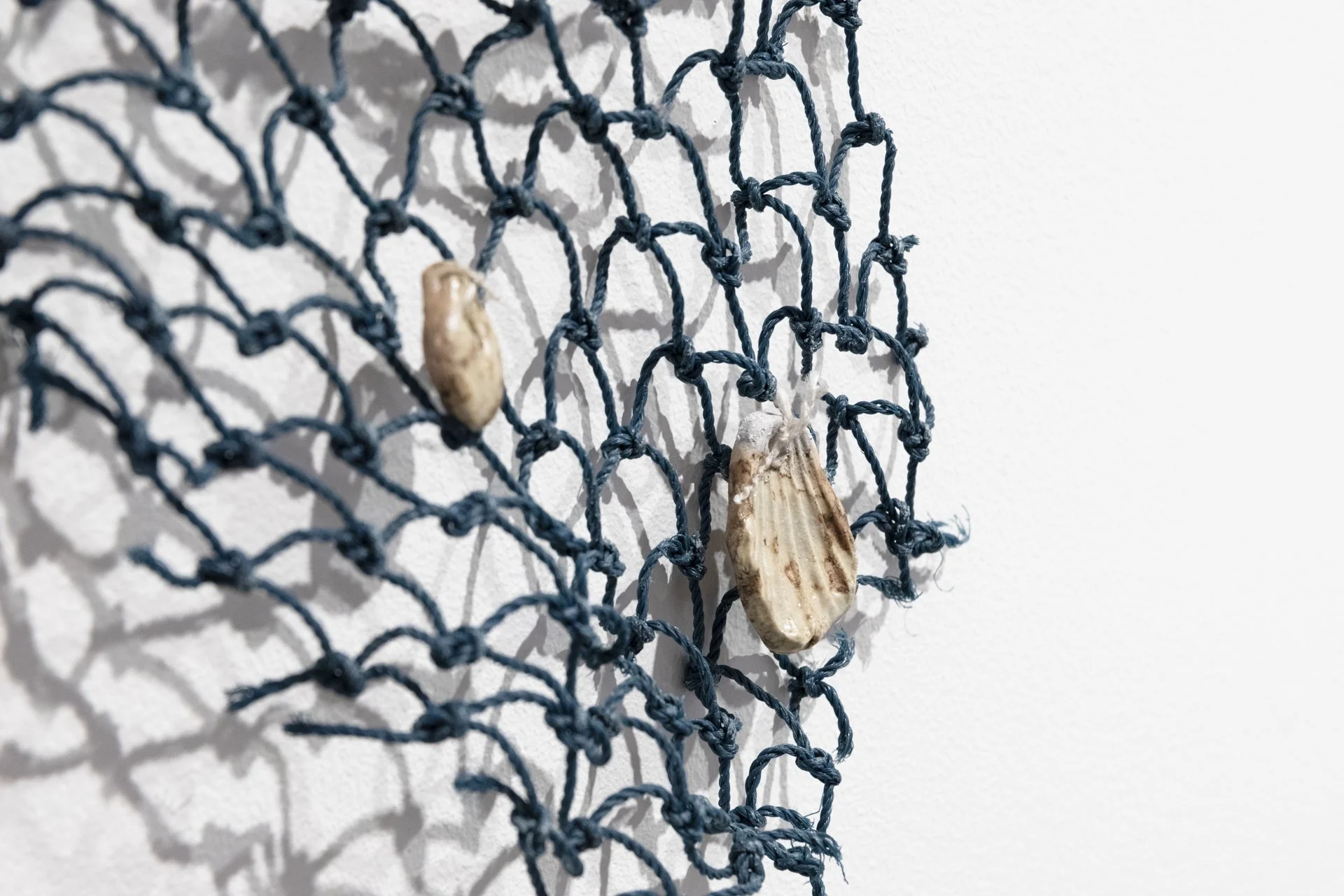
DAISY BEATTIE Net Incantations 2024
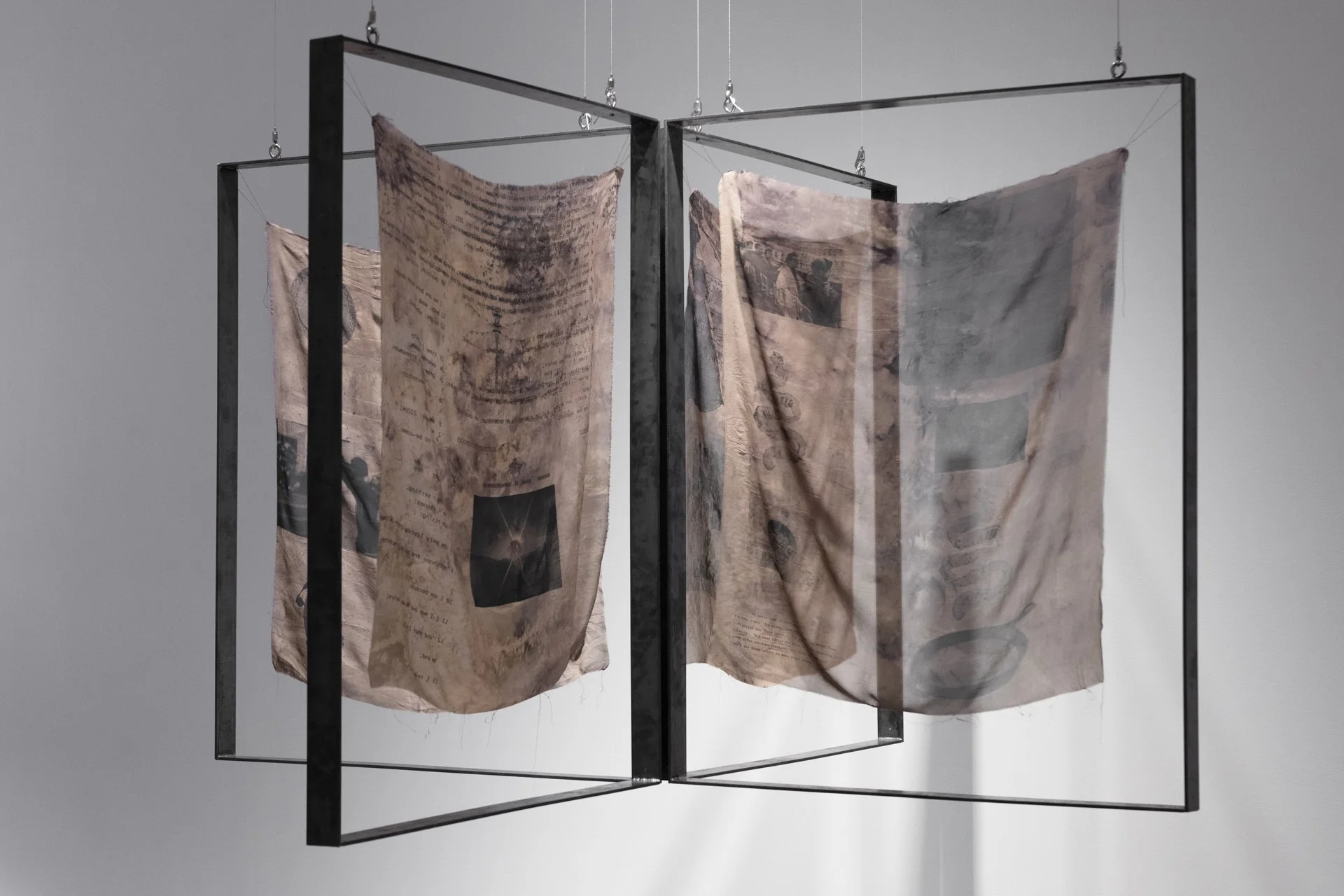
GIANNA HAYES Earthcodes: Between Memory & Magic 2024
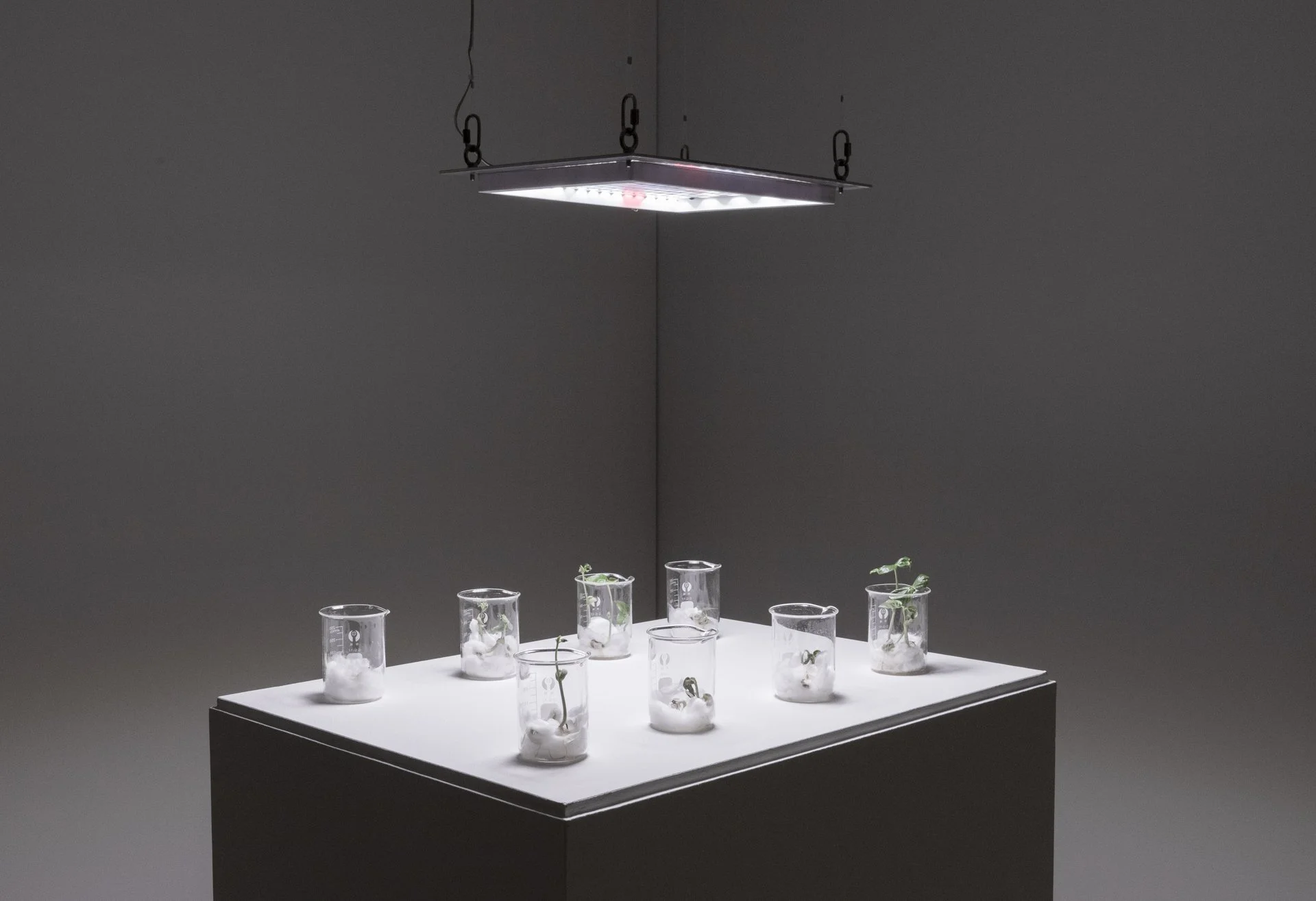
GIANNA HAYES Earthcodes: The Breath Between Seeds 2024
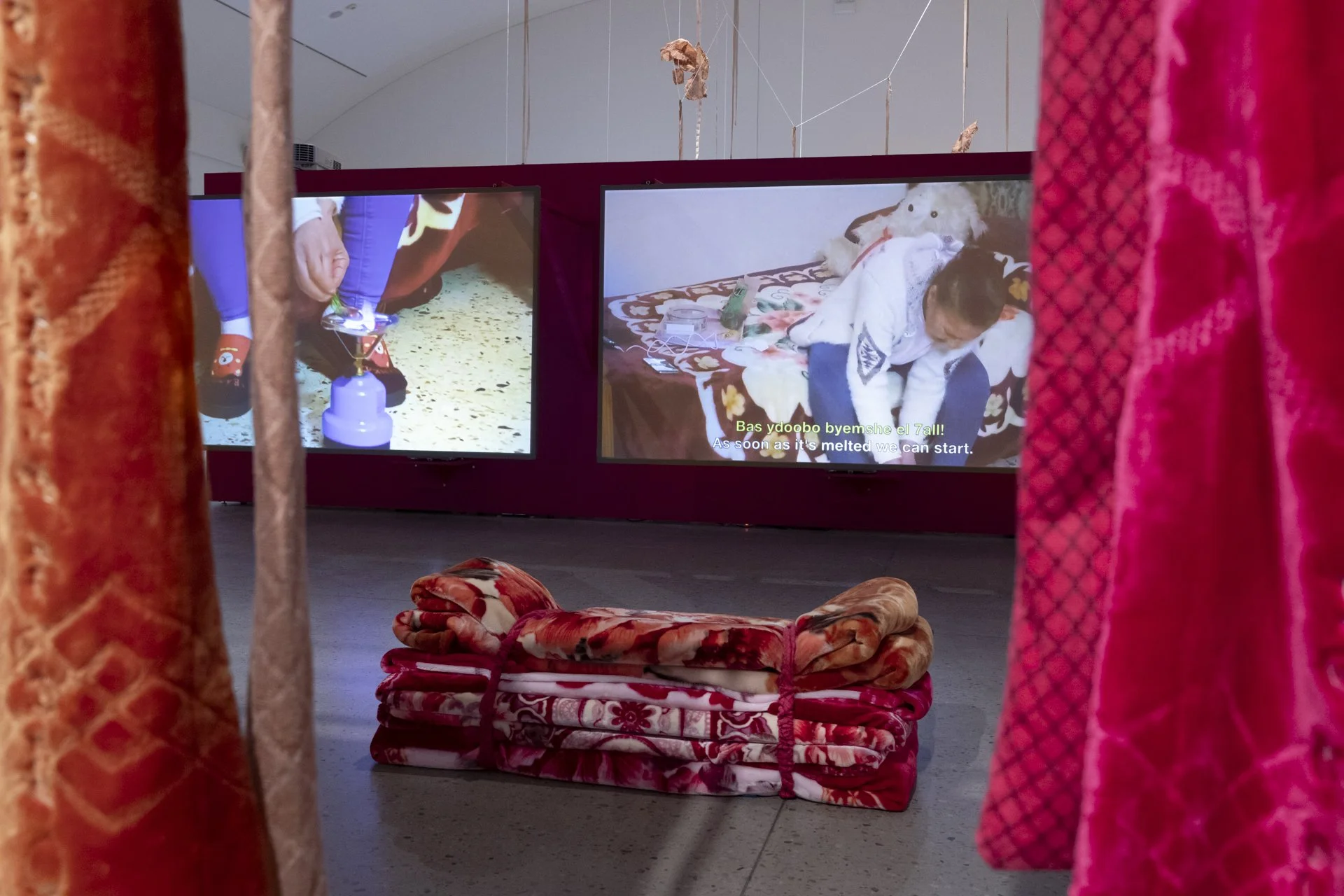
JUSTINE YOUSSEF Somewhat Eternal 2023
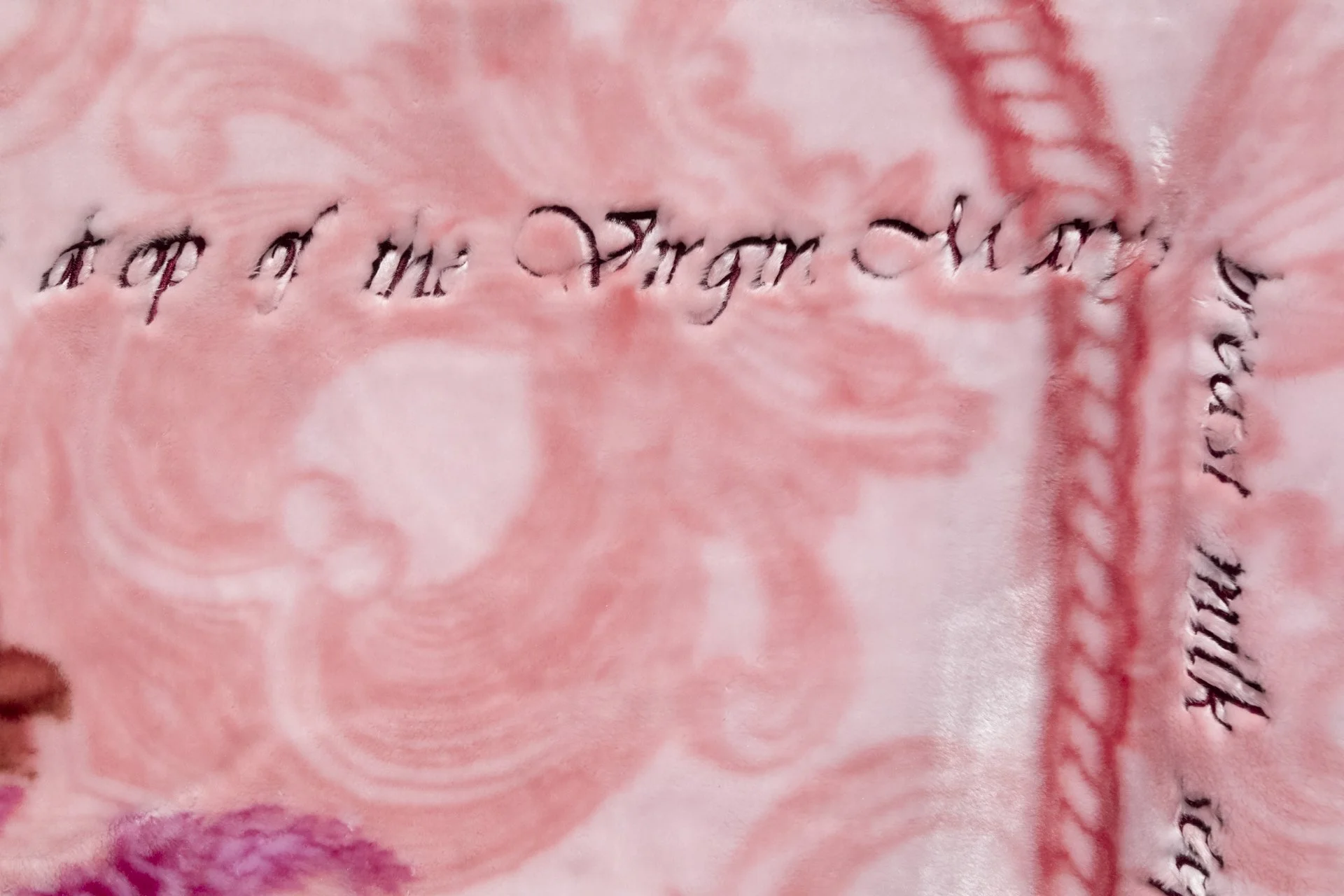
JUSTINE YOUSSEF Somewhat Eternal 2023

KATY B PLUMMER The Cailleach Still Knows You, After All 2023
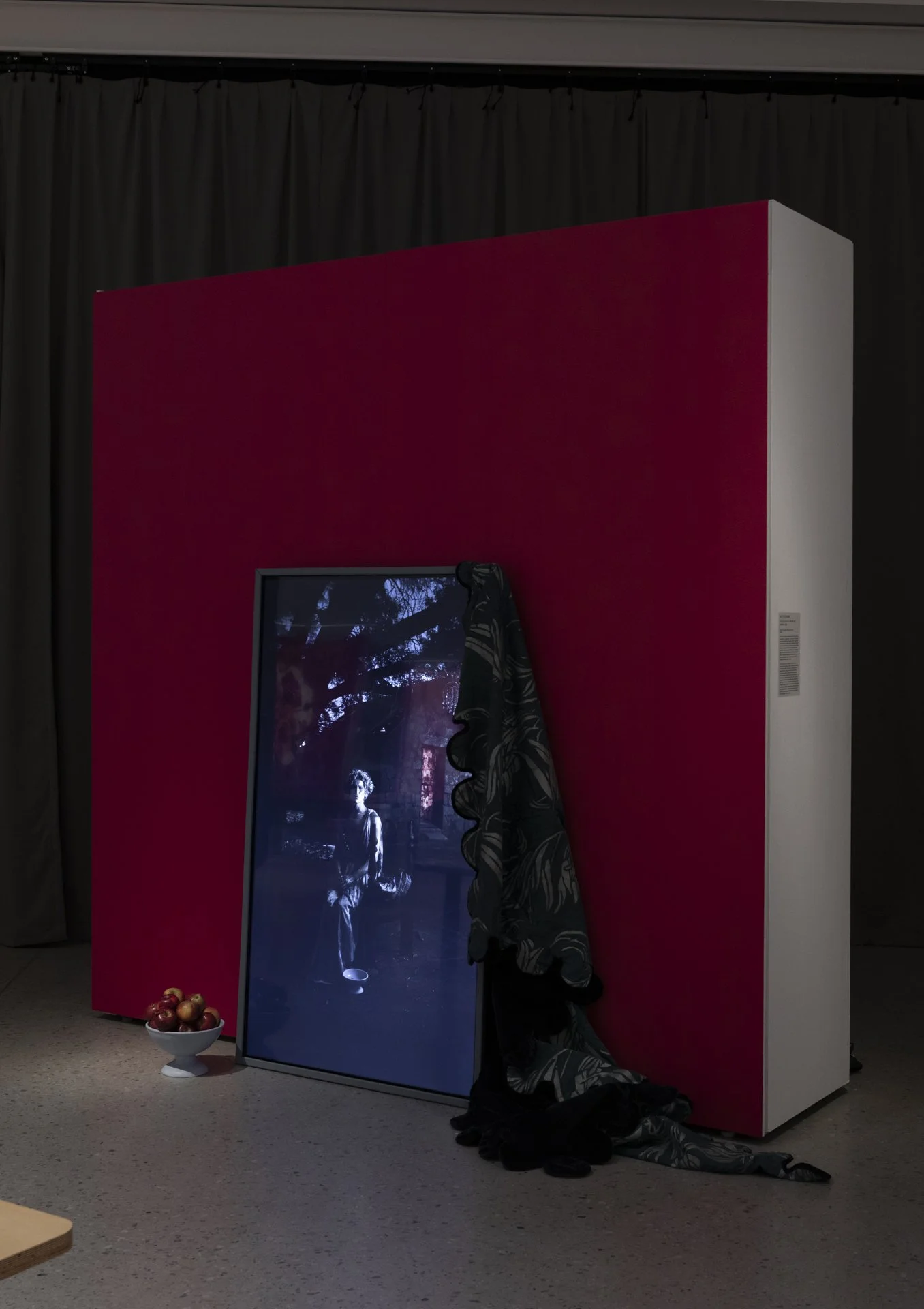
KATY B PLUMMER The Cailleach Still Knows You, After All 2023